In the first six months of 2024, the Mexican government reported as many cases of migration as in the whole of 2023. Men, women and children are increasingly fleeing their country in search of safety in Latin America, trying to escape violence, poverty, threats, and more.
TSF is one of the international NGOs present on the ground with partner shelters across Colombia, Guatemala and Mexico. Our regional team shared context and information to explain what the humanitarian crisis in Latin America has been during these last months.
A Complex Humanitarian Crisis
To reach their destination, most irregular migrants enter Colombia via the border with Venezuela and Ecuador, and many of them take dangerous routes. The Darién Gap is one of them, a sixty-mile crossing between Colombia and Panama in extremely harsh and violent conditions that migrants have no choice but to make on foot. Offline and online misinformation is one of the risks people face when it comes to the Darién Gap: many are unaware of the dangers.
New border control policies in Mexico and the United States have created a climate of fear and vulnerability among migrants. This diverts them towards more dangerous routes, often resulting in abuse, exploitation and deaths.
When people reach Mexico, or are about to, they stay in border cities. These cities face the pressure of providing basic services to large groups of displaced people who often live in difficult conditions, in busy shelters or in the street. These cities are also confronted with the threat of organized crime that exploits migrants through extortion and human trafficking.
A Colombian migrant, who found shelter in one of the accommodation centers TSF partners within Mexico, shared his experience:
“On the way there, there are many rights violations. The authorities treat us badly and some take our documents and ask us for money. There is a lot of insecurity in the Darién Gap.”
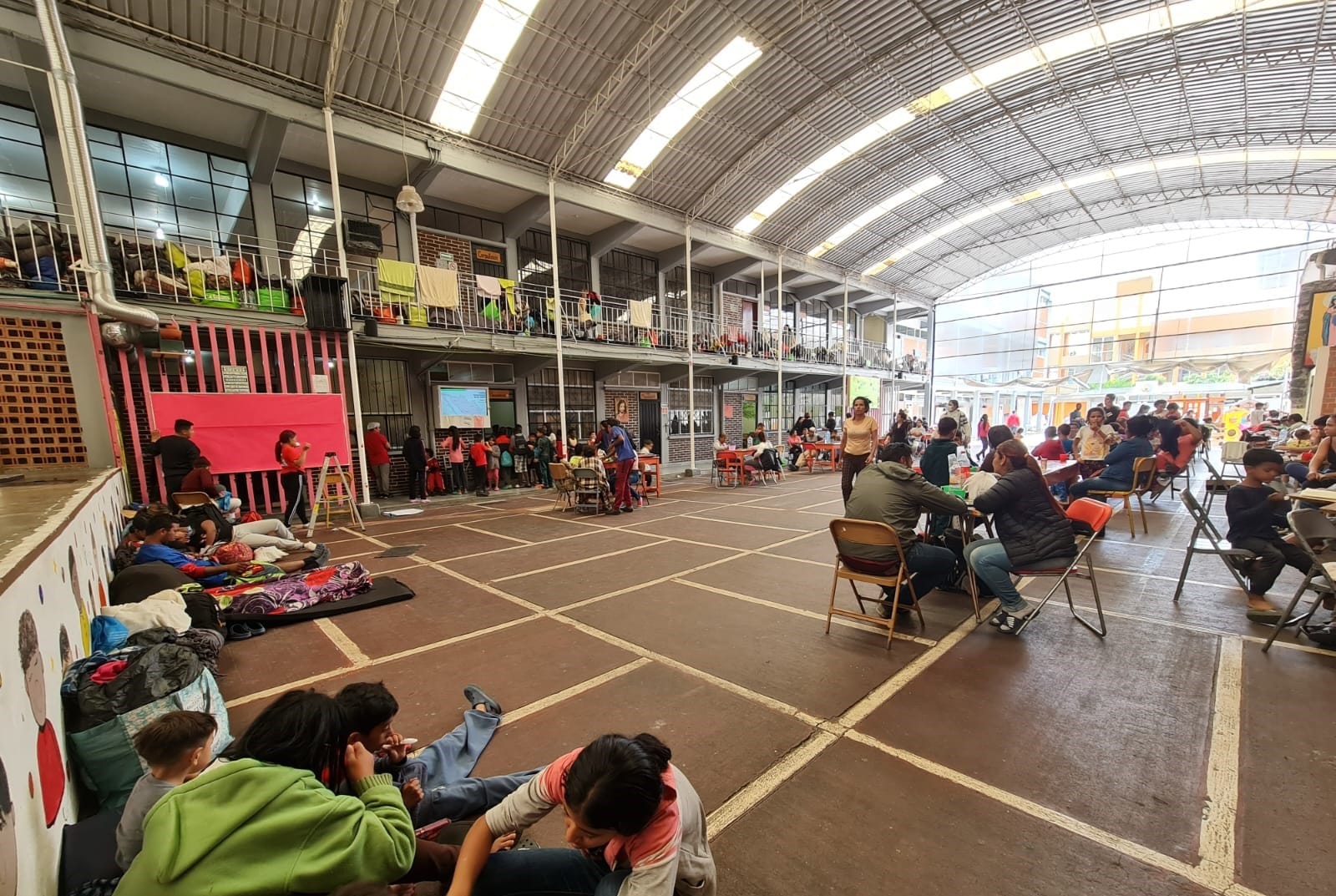
What Role Does Technology Play in this Crisis?
People use technology a lot when they are displaced – to find their way, contact their loved ones, access information and resources, and much more. For many, technology is an important need, coming shortly after food and clothing.
CBP One
In Latin America, the U.S Custom and Border Protection mobile app “CBP One” has made it nearly impossible for asylum seekers to reach their destination without technology. Asylum seekers need to use the app to schedule an appointment necessary for their entry in the US. However, the app has had many problems, frustrating and slowing processes for many.
Misinformation and scams also surround the app – people charge money to register for appointments, for help using the app, and more.
Misinformation
When people try to find resources and information about their situation, whether it's administrative procedures for applying for asylum or safe routes to take, they risk coming across misinformation, overwhelming information that's difficult and stressful to sift through, and even false information that can put them in dangerous situations.
TSF provides essential, reliable information on these topics and on how to stay safe as best as possible. A young Guatemalan woman living in one of the shelters TSF partners with, shared with us about her need for information and its impact on her life:
"The information had a great impact on me, as there are things I didn't know and it influenced the decisions I made when I arrived at the refuge. It clarified many concerns I had and that helped me to wait and make the refugee application."
TSF’s Action
TSF works with dozens of shelter managers to display essential information on remote-controlled, connected screens in Colombia, Guatemala and Mexico. In 2024, more than 19,000 displaced people benefited every month from the information displayed.
In the first half of 2024, 81% of those who accessed the information felt safer. 51.5% made important decisions thanks to this information: TSF's Latin American team has linked information to demonstrated concrete actions, such as the right to receive psychological assistance on public helplines.
"I feel safe because it is reliable information and I believe it helps prevent dangers.”
A Honduran woman in a shelter.
The information is organized in specific sections, designed in a way that is clear and easy to understand, and adapted to different audiences who might have different needs. TSF selects and adapts reliable information on timely topics, such as learning to use CBP One. A section is dedicated to “prevention, exploitation and denunciation” to empower displaced people to make informed decisions to stay safe.
In the first six months of 2024, the information had a positive impact on 90% of those who read it.


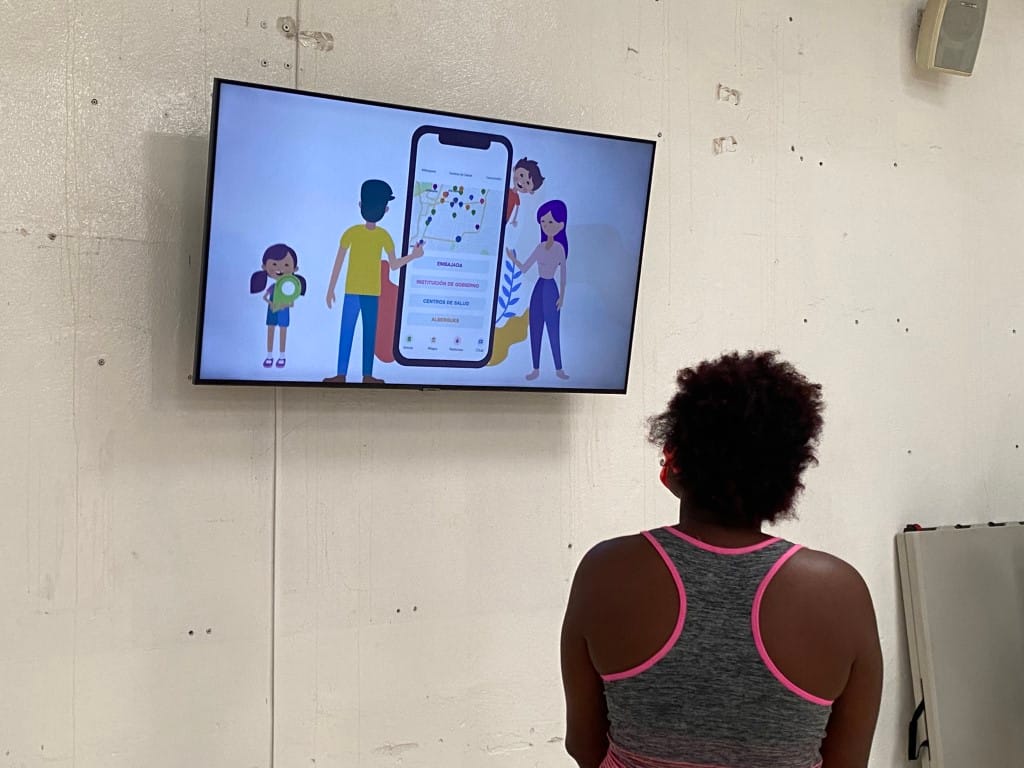

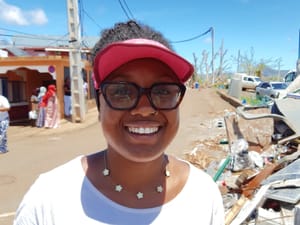
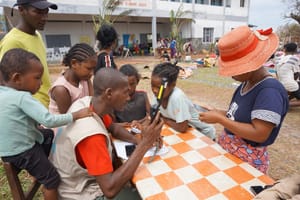
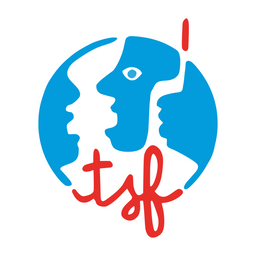
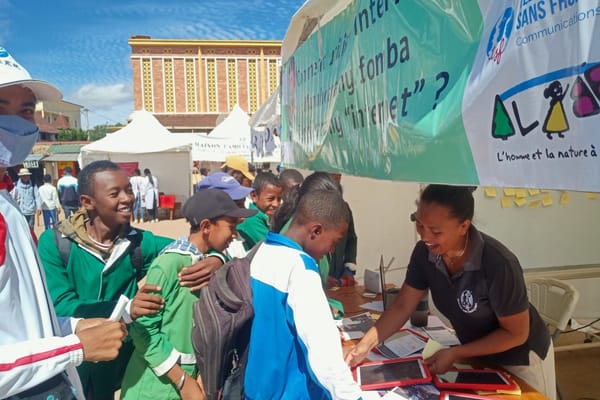
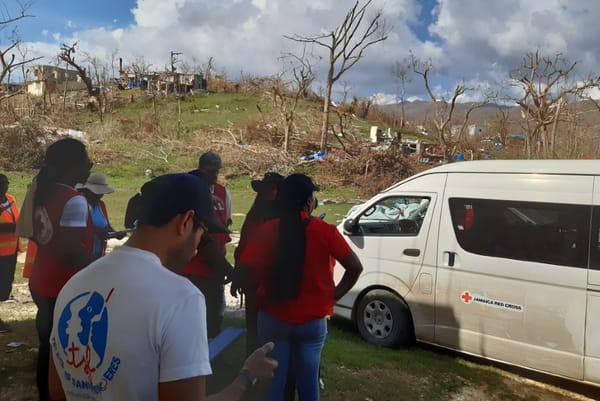
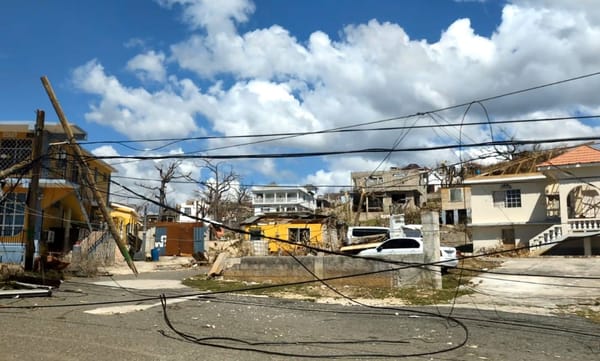

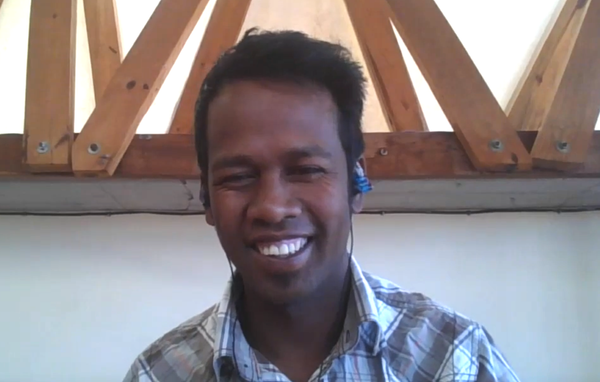
Member discussion